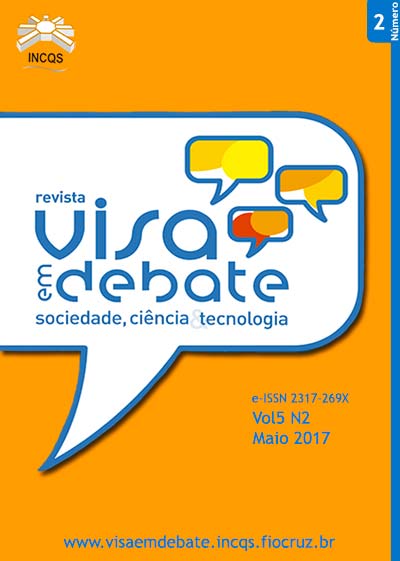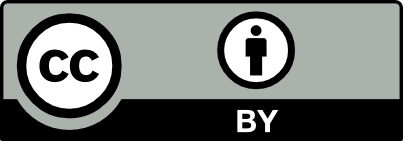Sanitation conditions as an epidemiologic indicator for American Cutaneous Leishmaniasis in the Brazilian Southwestern Amazonia
DOI:
https://doi.org/10.22239/2317-269X.00912Keywords:
American Cutaneous Leishmaniasis, Principal Component Analysis, Rural Sanitation, Urban Sanitation, ElectricityAbstract
This paper analyzes the relationship between sanitation and electricity service conditions, and American Cutaneous Leishmaniasis (ACL) in Acre. For this study we considered the cases reported in the Brazilian System for Disease Notification between 2001 and 2010, using the principal component analysis. The analysis suggested a direct association between ACL and inadequate housing characteristics –that worsen the occurrence of this disease-, such as: water supply in river or lakes, rainwater storage, disposal of solid waste dumped in vacant lots, and absence of electricity service, in rural areas; and absence of bathrooms and sanitation, in both urban and rural areas. An inverse association arises, mitigating the occurrence of ACL, in urban areas, by using septic tanks for sewage. The associations found in this study suggest that inadequate housing conditions contribute to increasing the population’s exposure to vectors of ACL.Downloads
Downloads
Published
Issue
Section
License
Copyright (c) 2017 Health Surveillance under Debate: Society, Science & Technology (Vigilância Sanitária em Debate: Sociedade, Ciência & Tecnología) – “Visa em Debate”

This work is licensed under a Creative Commons Attribution-NonCommercial-NoDerivatives 4.0 International License.
COPYRIGHT ALLOWANCE The author (s) hereinafter designated as the ASSIGNOR hereby assign and transfer, free of charge, the ownership of the copyrights related to this ARTICLE to the Vigilância Sanitária em Debate: Sociedade, Ciência & Tecnologia (Health Surveillance under Debate: Society, Science & Technology) – Visa em Debate, represented by FUNDAÇÃO OSWALDO CRUZ, established at Av. Brasil, nº 4365, Manguinhos, Rio de Janeiro, RJ, Brazil, CEP 21045-900, under the conditions set out below: (a) The terms and conditions set forth in this Agreement shall apply to the following: 1. The ASSIGNOR declares that they s(he) is (are) the author (s) and owner (s) of the copyrighted property of the ARTICLE submitted. 2. The ASSIGNOR declares that the ARTICLE does not infringe the copyrights and / or other property rights of third parties, that the disclosure of images (if any) has been authorized and that they s(he) assume(s) full moral and / or property liability for its content, before third parties. 3. THE ASSIGNOR assigns and transfers all copyrights relating to the ARTICLE to the ASSIGNEE, especially the rights of editing, publication, translation into another language and reproduction by any process or technique. The ASSIGNEE becomes the exclusive owner of the rights related to the ARTICLE, and any reproduction, totally or partially, is prohibited in any other means of publicity, printed or electronic, without prior written authorization from the ASSIGNEE. 4. The assignment is free and, therefore, there will be no remuneration for the use of the ARTICLE by the ASSIGNEE.







